Analysis
Distortion Isn’t Always a Bad Thing…
You might think of distortion as a bad thing, but that’s not necessarily true.
The proof of that is that, even with today’s ultra-clean digital technology, distortion and saturation are still regularly added into music, indicating that not all distortion is bad.
Thanks to Soundtoys for sponsoring this post and supporting audio education.
Frequency & Waveform Analysis
Consider a 100 Hz sine wave. Initially, it’s just a pure tone at 100 Hz. When the Soundtoys Decapitator plugin is activated, additional frequencies emerge higher in the frequency spectrum, even though the input signal remains a pure sine wave.
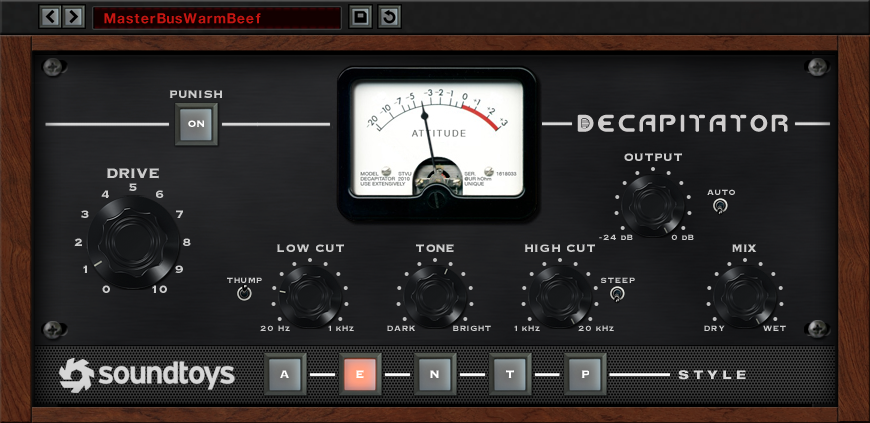
Increasing the “Drive” knob on the plugin results in more frequencies appearing and the balance of these frequencies changing depending on the knob’s setting. These frequencies follow a harmonic pattern: the fundamental frequency is 100 Hz, the second harmonic is 200 Hz, the third harmonic is 300 Hz, the fourth harmonic is 400 Hz, and so on.
When the “Drive” is turned up, saturation increases, and the waveform becomes distorted.
This is the first thing to understand about saturation: the shape of a waveform and the balance of harmonic frequencies are interconnected. Two ways of understanding the same phenomenon.
Additive Synthesis
The harmonic pattern includes even-order harmonics (200 Hz, 400 Hz, 600 Hz, etc.) and odd-order harmonics (300 Hz, 500 Hz, 700 Hz, etc.). Even-order harmonics are often considered more pleasing than odd-order harmonics, but both have their place in music.
Different types of waveforms highlight the relationship between wave shape and harmonic content. For example, a triangle wave consists only of odd-order harmonics. The fundamental frequency is 1 Hz, with harmonics at 3 Hz, 5 Hz, 7 Hz, and so on. The relative level of each harmonic decreases the further it is from the fundamental frequency.
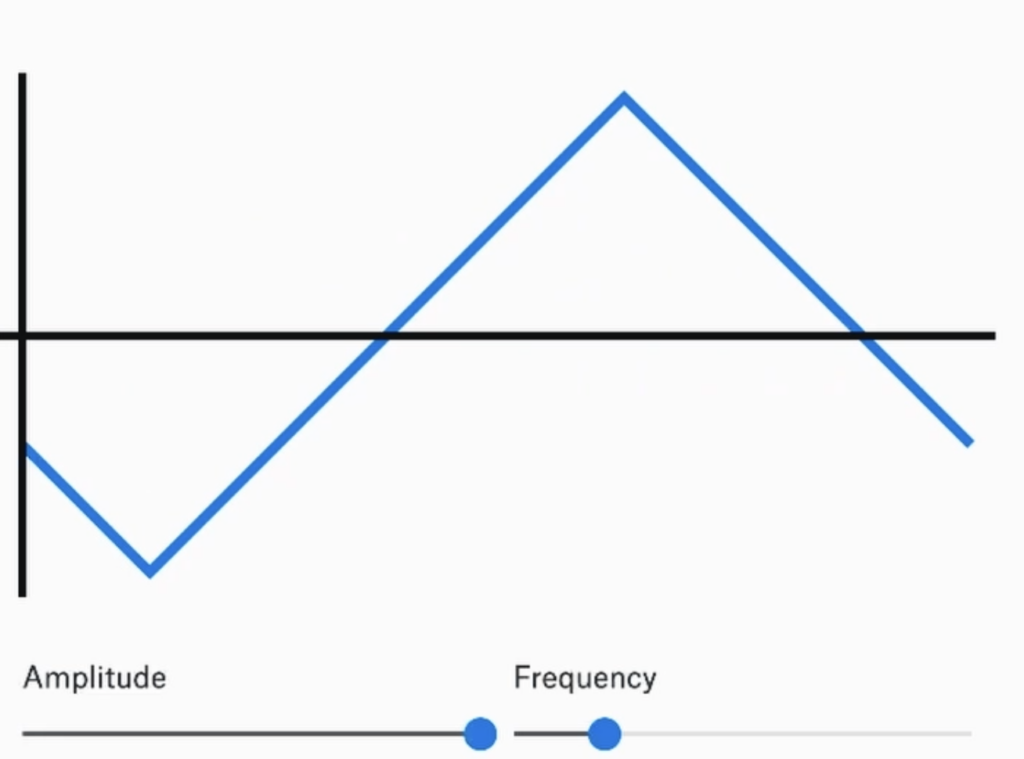
A square wave contains the same odd-order harmonics as a triangle wave, but with a less drastic tapering off rate. The resulting sound is distinctly different.
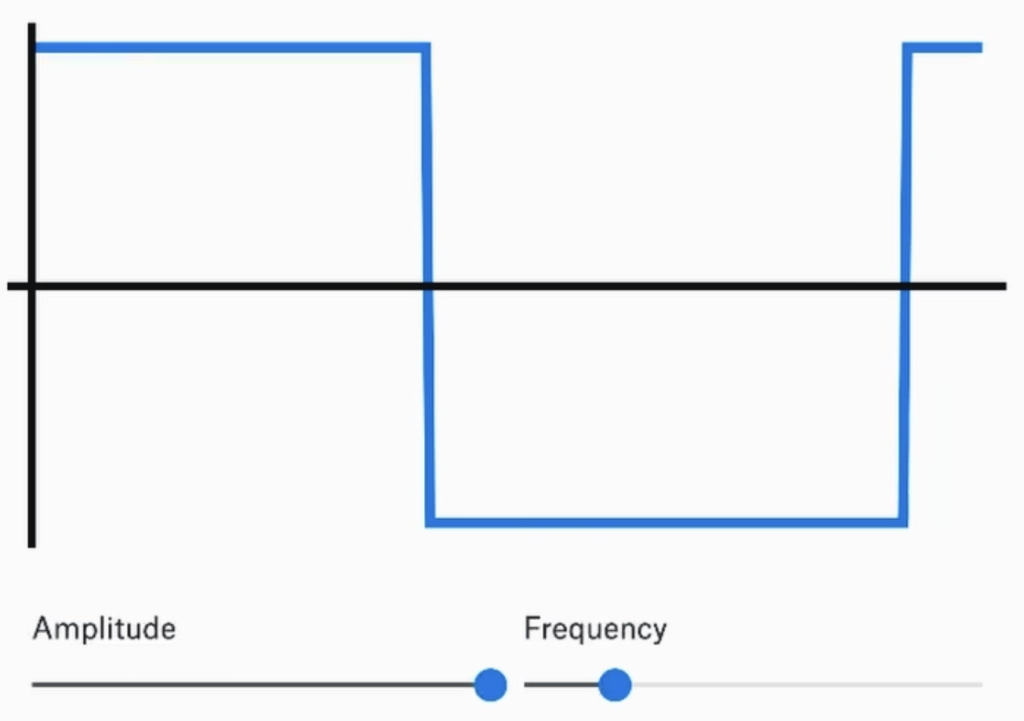
A sawtooth wave consists of both odd- and even-order harmonics, creating a unique sound due to its waveform shape.
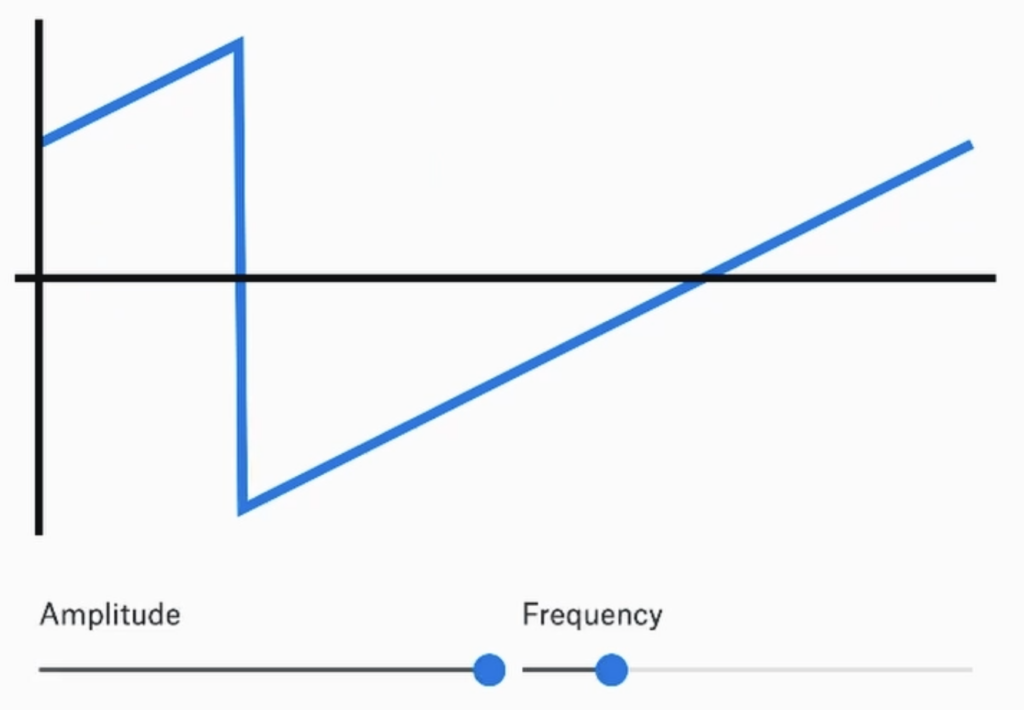
Changing the shape of a wave results in additional frequencies because every complex waveform can be constructed by layering higher-frequency sine waves together. When combining these frequencies, the resulting wave can become quite complex, representing the combined amplitude and frequency of all the components.
Analog Gear & Non-Linear DSP
When increasing signal levels in a linear system, the amplitude grows, but the wave shape remains unchanged. However, in real-world systems, especially analog ones, non-linearities occur, distorting the waveform even within intended operating levels. This distortion adds richness, vibe, and warmth, making analog hardware highly sought after.
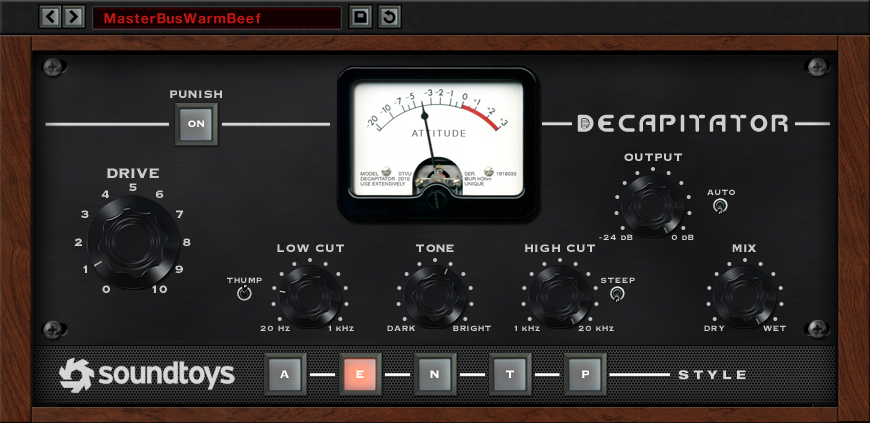
The Soundtoys Decapitator plugin includes “Style” options modeled after classic analog gear:
- “A” style: Ampex 350 tape drive preamp
- “E” style: Chandler/EMI TG Channel
- “N” style: Neve 1057 input channel
- “T” style: Culture Vulture triode setting
- “P” style: Culture Vulture pentode setting
Each style produces a unique balance of odd- and even-order harmonics, and adjusting the “Drive” setting results in different non-linear outcomes.
Gain staging remains relevant because the input level affects the plugin’s behavior, similar to analog gear. The Soundtoys Radiator, modeled after the Altec mixer, can alter a signal just by passing through it, adding unique character.
Mixing with Saturation
808 Distortion
Saturation can alter an instrument’s timbre to prevent it from getting lost in the mix or to balance a mix lacking energy in mid and high frequencies. For instance, an 808 sample might have energy up to about 300 Hz but not much above that. Using Decapitator, saturation can create harmonically-related energy higher in the spectrum, extending the original signal rather than adding random noise. Adjusting the blend of the dry and wet signals helps preserve the tone while enhancing higher frequencies.
Playback Limitations – Kick
Saturation can make low-frequency instruments audible on playback systems with limited low-frequency reproduction, such as smartphone speakers. By adding higher-frequency content through saturation, the kick drum can be perceived even when full-range playback is not possible. The goal is to achieve this effect without damaging the instrument’s tone.
Vocal Saturation
Saturation has been used in classic recordings to add richness and warmth. For vocals, varying the amount of saturation can produce different effects, from overdrive to subtle enhancements. Adjusting the “Drive” and “Mix” knobs allows for precise control over the saturation effect, creating frequencies that weren’t present before and spreading energy throughout the spectrum.
Drum Bus
Saturation can be harnessed through other tools, such as aggressive compressors. For example, the Devil-Loc Deluxe plugin, when engaged, introduces harmonic distortion by changing the waveform. This can add color to a mix, especially on drums, creating a big sound when used in parallel or as an effect on room mics.
Saturation and harmonic distortion are inevitable in any non-linear signal path. When using limiters or compressors, listen for changes in dynamics and the higher-frequency harmonics excited by distortion. These tools are not just for dynamics processing but also for shaping the frequency balance of a mix.
Saturation techniques can be applied to individual instruments, busses, or effects like delay. The Soundtoys Echoboy plugin, for instance, includes built-in saturation for this purpose.
Download your free trial of these plugins here and start applying what you’ve learned here.

